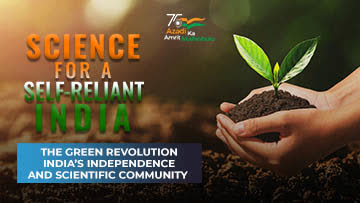India's Solid Waste Management Strategy (E)
associated with the quantum and kind of waste generated each day. The infrastructure for scientific and safe waste disposal is presently inadequate - there are challenges and constraints in the entire system from the point where waste is generated to its collection, transport, treatment and finally disposal. The waste not only has a direct impact on our health and the country’s economy, but on the entire ecosystem - be it urban, rural, our rivers and forests. Urban India, which is the world’s 3rd largest garbage generator, generates about 277.1 million tonnes of waste every year, and it is expected to rise to 387.8 million tonnes in 2030 and 543.3 million tons by 2050. Presently, in India, some 80 percent of all waste ends up in the landfills which are dotted across the landscape of urban India. And this is the real challenge - to reduce what is being thrown by segregating, recycling and composting. In today’s episode we take an in-depth look at how the East Delhi Municipal Corporation which manages one of India’s most densely populated urban areas and Asia’s largest landfills - Ghazipur landfill on the border of Delhi and Uttar Pradesh, which is working to mitigate the problem of waste disposal and to progressively reduce the size of Delhi’s waste mountain. We look at how EDMC is using innovative techniques and technologies for Solid Waste Management (SWM) like segregation of waste, the waste to energy plant and also how construction and demolition waste is being scientifically treated. An important aspect of waste management is how it contributes towards a country’s Gross Domestic Product both by providing jobs as well as improving the health and quality of life. Both essential prerequisites for a Self-Reliant India.



































































































